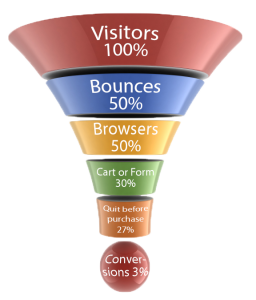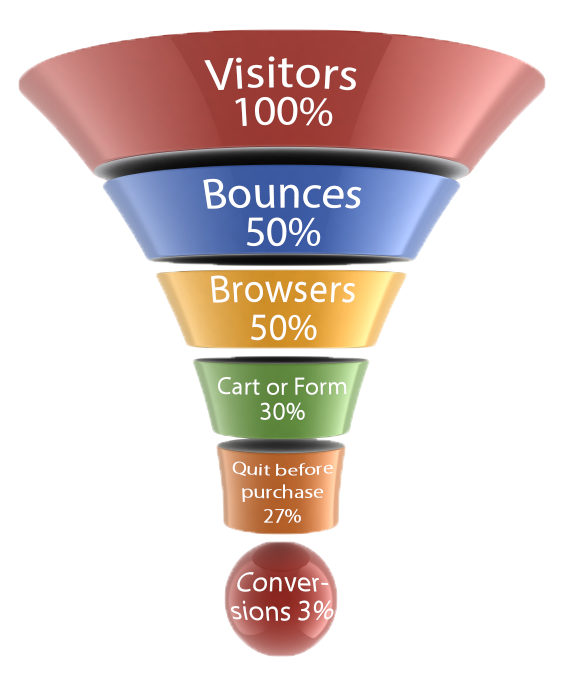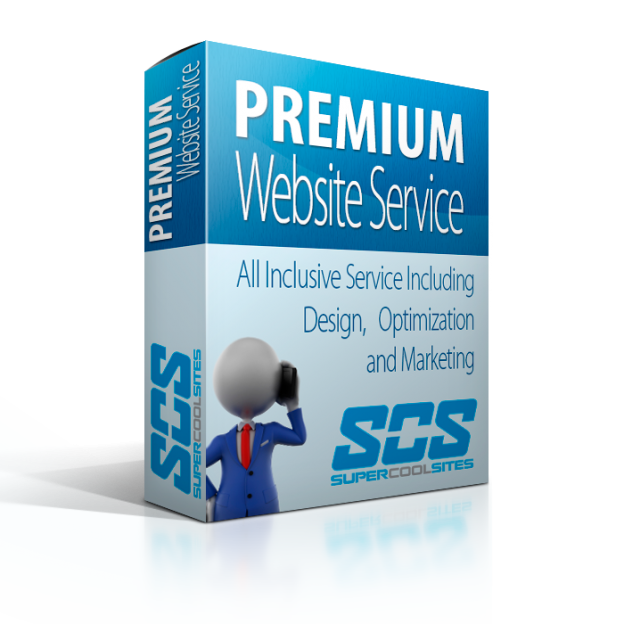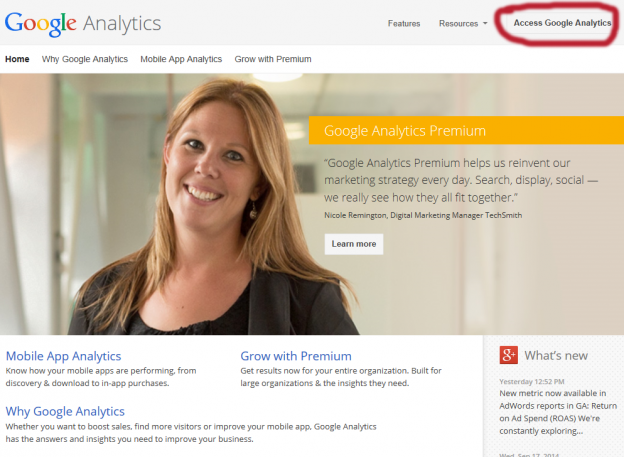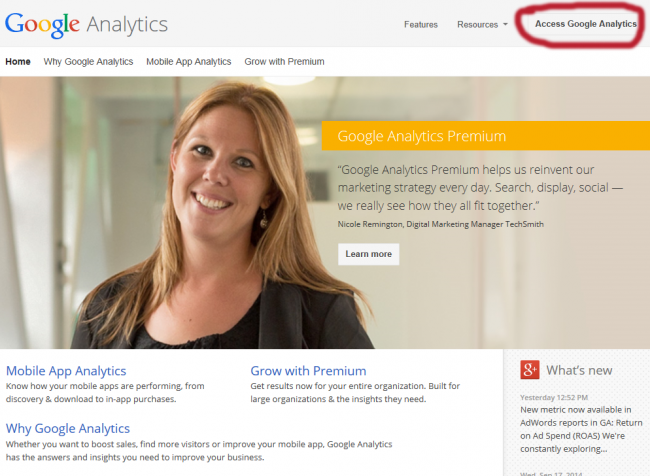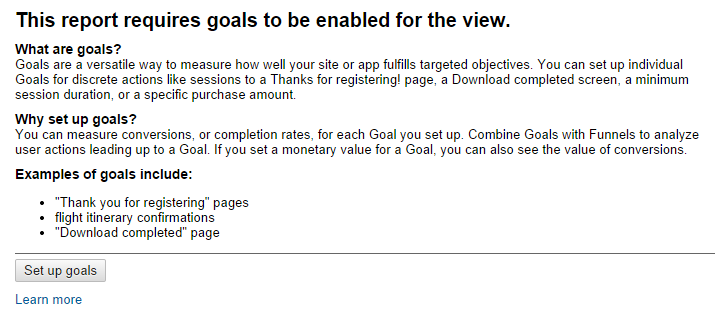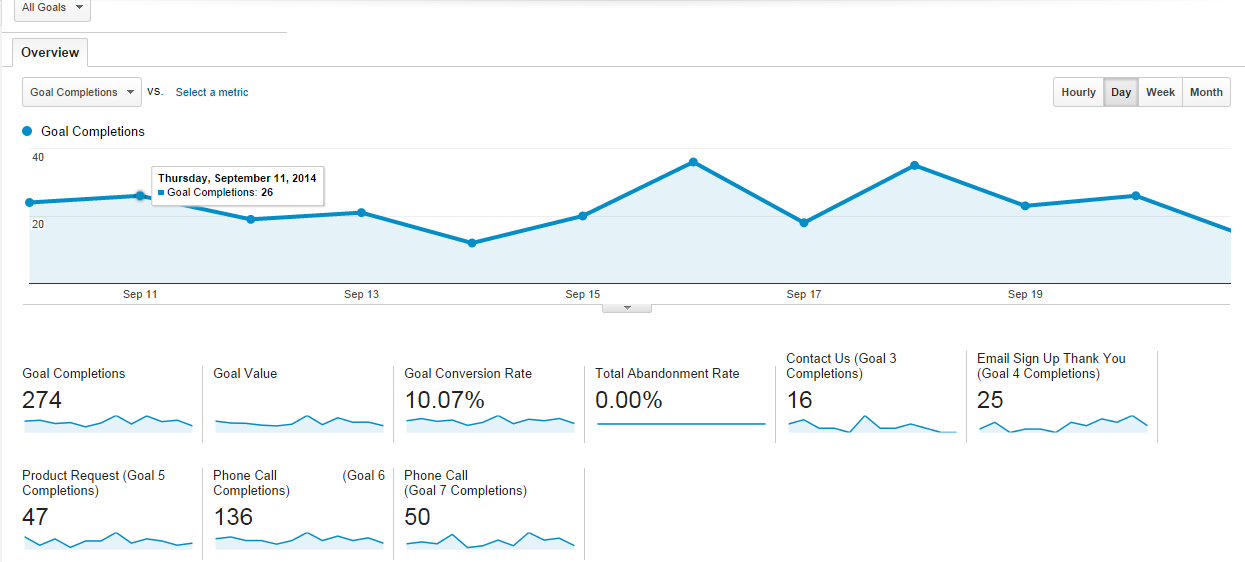Mobile apps seem to always get into our marketing conversations these days. A recent report by the analytics firm, App Annie shows the total IOS and Google Play app downloads topped more than 260 billion in the year 2014. So what’s in these apps for us? The marketer’s role has evolved dramatically over the years and is still changing. You need to be constantly forming new strategies and campaigns that will attract your audience. The problem is that you have too much competition.
It is important that you make sure it’s your voice being heard, every time, no matter where you are. This is where mobile apps can give you a much-needed advantage and make your life much easier.
Whether you’re an Apple, Windows, or an Android fan, apps can assist you in every step of your marketing activity. With a few touches, you can have all the information you need — what’s trending, how people are responding to your messages, what are the latest best practices. The right apps are truly the marketer’s best friend.
But which apps to choose? Here’s a list of the top three apps for each of the four key marketing areas.
Content distribution
Making sure your content appears at the right place, at the right time can be a tedious process. These apps will simplify this part of your job.
1. Buffer
An app that helps you share content to social media channels by letting you schedule posts to be published at ideal times. You can even let Buffer decide what time is best.
2. PixxFly
This outbound marketing app automates the distribution and syndication of all your content to various channels across the web with one simple click. PixxFly also provides analytics for each post.
3. Pagemodo
Used primarily to set up Facebook business or organization pages, Pagemodo helps you create engaging visual elements and customized features that encourage fan interaction without professional help. It allows you to schedule posts and finds the most relevant content for your Facebook, Twitter and LinkedIn pages.
Social-media management
Managing social media can be a tall order. Most marketers either spend too much time on social or fail to give it the attention it deserves. To strike the right balance, you need the right tools.
4. Hootsuite
Hootsuite allows you to manage multiple social media accounts, analyze traffic, track brand mentions, schedule posts, messages and tweets– all from one interface.
5. Sprout Social
Sprout Social allows you to schedule, publish and analyze posts across all your social platforms from a single window.
6. Tint
Though not strictly a social media management tool, Tint is an exciting app that can create social hubs to engage audiences. You can pull content from Facebook, Twitter, LinkedIn, Google+, Instagram and Pinterest onto your dashboard then embed them as custom feeds into websites like WordPress, Wix, or Tumblr, or on mobile apps, social pages, digital displays and video walls.
Social listening
When it comes to marketing in today’s social-media environment, it’s important to listen to what people are saying. This helps you measure your reach and keeps you informed on what’s trending. Social listening also helps you know when you need to act promptly. For example, if not acted upon immediately, a negative comment by an unsatisfied customer can spread like wildfire and damage your brand’s reputation. Here are the three top social listening apps to keep you well informed.
7. Buzzsumo
Buzzsumo helps you take a deeper look at what’s popular or trending on social media and who’s sharing.
8. Mention
Mention helps you easily keep track in real time of what’s being said about your brand so you can react quickly. It will send you alerts showing your mentions each day.
9. Cyfe
Social listening can get overwhelming with so many different areas to track. Cyfe makes it easier by allowing you to customize your dashboard to monitor your data all from one place.
Employee advocacy
One of the most powerful marketing strategies is creating brand advocates inside your own company. These apps are designed to help employees share content across their own social-media profiles. We are seeing new players in this space such as social-media giant LinkedIn. There are also up and comers like TrapIt. However, based on experience and time in the market, here are three that you should be using right now.
10. Dynamic Signal
Dynamic Signal is a tool that lets you distribute either your own content or some you’ve curated from the web to employees who can then re-share it on their personal social-media profiles.
11. SoAmpli
SoAmpli encourages employees and co-workers to be brand advocates though social sharing.
12. EveryoneSocial
With its clean and simple interface, EverySocial is designed to amplify your brand presence by building a team of employee advocates to share your content on their social media accounts.
The following are apps introduced in 2016 solve a variety of challenges, from data management, to message testing, to marketing automation.
Marketing Attribution by Bizible
B2B marketing attribution helps you make the best marketing decisions, and this app integrates with your online marketing channels from AdWords to Salesforce. Now you can optimize your campaigns and revenue with a quick app install.
Calendar for Campaigns by Bracket Labs
This interactive marketing calendar has inline editing, enhanced color-coding, filterable, drag-and-drop functionality to make working with campaigns easy and intuitive.
Lead Enrichment by Clearbit
Ensure fresh, accurate information to quickly target the leads that will convert into the highest value deals. This app searches dozens of sources in real-time to push fresh data into Salesforce automatically. Then you can prioritize top leads and guide sales to more wins.
Next-Generation Data Management by Krux
Zero in and connect with your customers more efficiently, no matter the channel or device. Interconnect your own data, enabling you to activate and control your marketing activities across any consumer touch point.
Real Time Email Response by Liveclicker
Bring email relevance to a higher order by enabling marketers to respond to each recipient’s needs and interests, in real time. Bring messages to life, amp recipient engagement, and increase clicks and conversions with a real-time email system.
Mobile Marketing by Localytics
25% of apps used used once are then uninstalled (source). Engagement is the key to bringing that percentage down. This app brings together user insights, smart targeting, and marketing automation to power personalized mobile engagement, such as push engagement, increased app usage, acquisition targeting, and more.
Message Testing by Persado
Use this app to experiment with message variations in order to determine the most impactful message. This will help drive the highest rates of engagement for your campaign. You can also randomly split your audience to test message variation performance.
Tactile Marketing Automation by PFL
This app works within your campaigns, and automates direct mail in conjunction with your digital efforts. Create personalized and triggered multi-channel campaigns that increase operational efficiency and drive results.
PopUp Alerts by Riptide
Make sure your team members are alerted to important information with popup alerts. This app gives you the ability to easily display that crucial popup alert message in Salesforce.
Data Quality Dashboards by Salesforce Labs
Leverage custom formula fields on many of the standard objects to record data quality and record completeness, the formulas are then depicted through dashboards to identify deficiencies in record data.
Mobile Engagement by Swrve
Design, deliver and measure mobile campaigns of all types, including push notification campaigns, in-app messages and conversation. Collectively, these campaign types help build brand-consumer relationships on mobile, and drive engagement, retention and revenue.
Apps can help marketers be more efficient, higher-performing, and goal-achieving. Whatever may be lacking in your marketing strategy, you will certainly find an app to help fill that gap.




